Falmouth Field Course 3rd - 17th July 2006

Group 12 - Gemma Carey, Samantha Dawson, Joseph Daysh, Jonathan Dean, Jack Downton, David Honey, Gemma Lloyd, Richard Terry and Matthew Watson
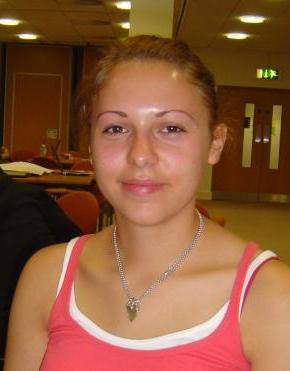
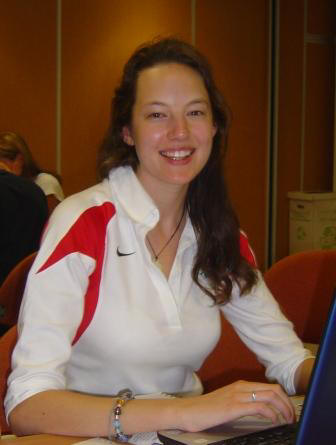
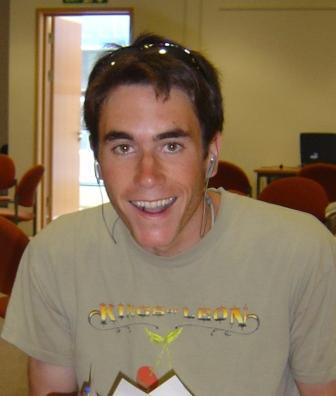
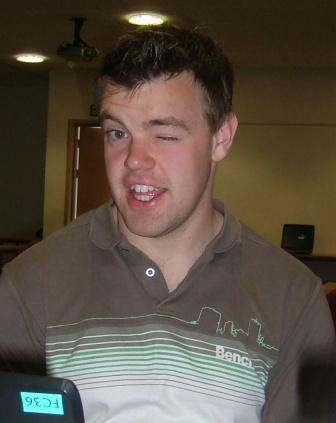




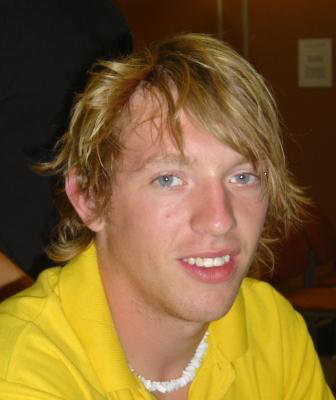
During July 2006, students of Marine Biology and Oceanography degree pathways from the University of Southampton completed a two week field course based in Falmouth, UK. The primary aims of the course were to survey and analyse varying parameters of the surrounding waters, but most importantly, learn the value of teamwork in obtaining these goals. Four boat practicals were carried out, each investigating different geographical locations and varying characteristics. The data collected has been carefully managed and analysed, before completing this website. A summary of methods used on each of the boats is shown in the table below, with links to each write-up.
Additional data was also collected by Joseph Daysh and Matthew Watson as part of their third year dissertation project. Despite this information not being utilised as part of the overall group research, the additional work-load and consideration helped the group enhance it's efficiency and planning, particularly due to restricted time.
| Grey Bear - Geophysics | Bill Conway - Estuarine Analysis | Callista - Offshore Analysis | Ribs - Estuarine Analysis |
|
06/07/06 |
09/07/06 |
13/07/06 | 16/07/06 |
|
Using side-scan sonar, a geographical analysis of a chosen survey site was made. A series of grabs were taken at significant changes in sediment type to back up the data collected by the side-scan 'fish'. |
A series of ADCP transects and CTD vertical profiles were taken through the tidal cycle in an attempt to make overall observation of the physical, chemical and biological properties in the upper and lower Fal estuary. |
An offshore analysis was conducted to discover the biological succession across a physical boundary, using CTD profiles, as distance from the shore increases. ADCP measurments were used to determine these lateral zones. |
Overlapping with the Bill Conway boat practical, further data was collected from the upper reaches of the Fal estuary using a T/S probe and water samples to determine any changes in chemical and biological content. |
Overview
The past two weeks in Falmouth have led to some very interesting and unexpected results in relation to the physical, chemical and biological structures of this Ria Estuary. A large and unforeseen factor which altered the predicted results was the salinity profile from the mouth to the head of the estuary. Due to very little rainfall and low river flows, the salinity structure at the head of the estuary was surprisingly high. The lowest salinity seen was at Malpas, very close to the estuary head at Truro with a reading of 33.5. In the very outer reaches of the estuary at Black Rock, the salinity was only 1.8 units higher at 35.3. This surprising result has influenced what was expected and led to some results that became difficult to analyze and discuss.
As the Southampton students undertaking this research project are the first to take on such a large and in-depth scientific research program in the Fal Estuary and surrounding waters, it is hard to view the whole picture as no duplicate data is readily available indepth different conditions. For example, in times of high rainfall, salinity and nutrient profiles would be altered. Without this data to relate back to, results seen in the estuary are important, yet not fully reliable. In future years with more students undertaking the same aspects of the field course under different variables, a very broad and in depth profile of the Fal estuary will be seen.
PHYTOPLANKTON - Phytoplankton levels are consistently high throughout the estuary and levels are still reasonably high into the coastal waters. Diatoms are the prevalent species although dinoflagellate species are commonly found. Diatoms are found in high quantities due to the silicate levels not being lowering enough to be limiting. Towards the mouth of the estuary, there appears to be a lower phytoplankton population largely due to the water being unstable. This instability is caused by the greater tidal effect leading to less stratified waters. Phytoplankton levels are very high towards the head of the estuary at Truro with surface concentrations being 1650 organisms in 100ml of water. This high population will be due to the added input of nutrients into the estuary from anthropogenic inputs. Nutrients are rarely the limiting factors in estuaries due to this factor.
ZOOPLANKTON - Zooplankton abundance was far higher in the offshore samples than in the estuarine samples, although this could be partly due to differences in sampling methods on Callista compared to the estuarine boats. As Salinity increases the number of individuals increases. Copepods dominate at all of the sampled locations. The area from the mid to the mouth of the estuary has higher abundance than the Malpas area towards the head of the estuary (and the same sampling methods were used, making the results more reliable). To identify any correlations between environmental parameters and zooplankton community structure further statistical analysis would be required. Cirripedia larvae, which are the larvae stage of barnacles, are the only species more abundant in the estuary than the offshore waters; this is possibly due to Barnacles being intertidal dwellers.
In conclusion, despite nutrients being higher in the estuary than offshore and the estuary salinity being fairly close to sea salinity, Zooplankton levels are lowest in the estuary.
Disclaimer: The views and opinions expressed and scientific analyses put forward on this website are those of Group 12 as individuals and not necessarily those of the University of Southampton.